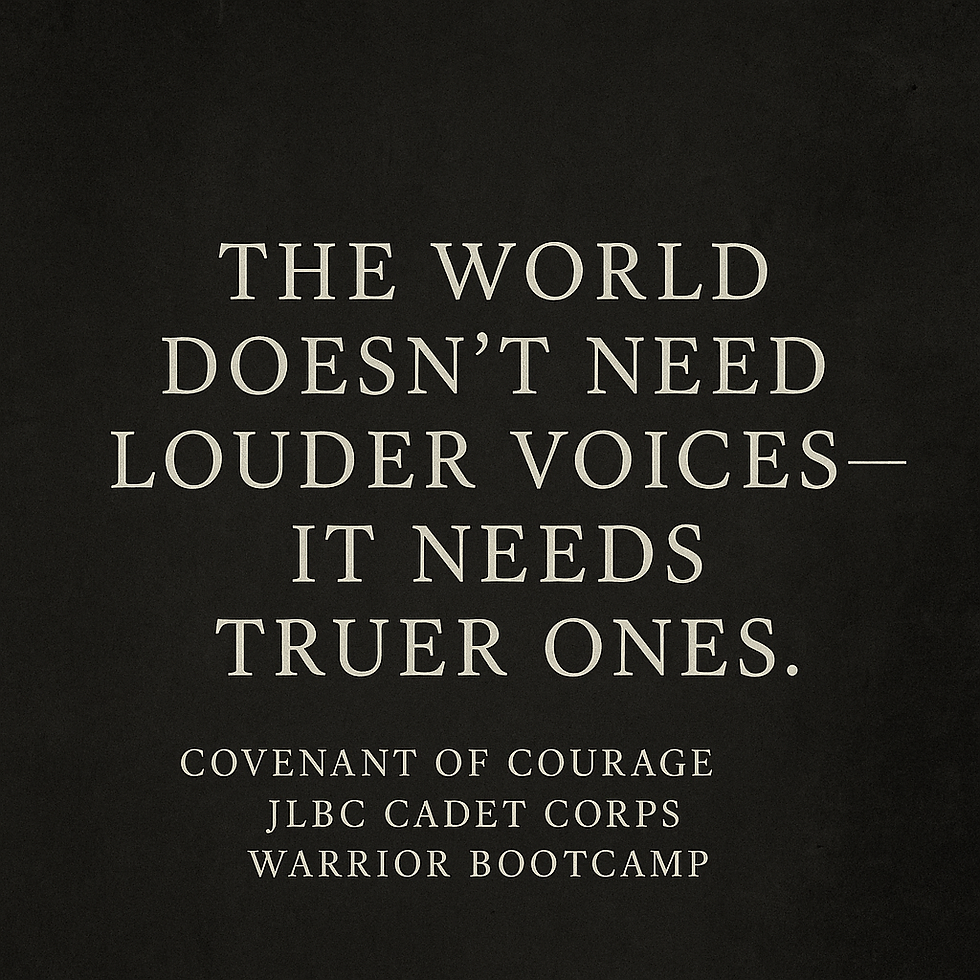From Courage Circle to Leadership: The Pathway of Service
- Kirk Carlson
- Sep 14
- 2 min read

At Covenant of Courage, we believe leadership is not something you stumble into—it’s built through intentional steps of service, mentorship, and teamwork. That’s why we’ve designed a clear pathway that transforms participants into leaders who inspire others.
Step 1: Attend a Courage Circle
It begins with showing up. A Courage Circle is more than a gathering—it’s a safe space to share experiences, listen, and build trust. Veterans, mentors, and community members come together to strengthen one another and reconnect with purpose. This is where the seed of leadership is planted.
Step 2: Join a Service Project
Talk without action falls short. After connecting in Courage Circle, participants step out into the community together. Service projects—whether helping veterans, supporting families, or improving neighborhoods—become opportunities to apply values in real time. These projects build resilience, humility, and the understanding that leadership begins with service.
Step 3: Become a Mentor
Through service, participants discover their ability to guide others. Mentorship is where lived experience turns into wisdom shared. Veterans and leaders step up to walk alongside younger generations, offering encouragement, advice, and accountability. This stage transforms challenges from the past into lessons for the future.
Step 4: Lead a Team
The journey culminates in leadership. By attending, serving, and mentoring, individuals are prepared to take responsibility for guiding teams. Leadership here is not about titles or authority—it’s about carrying others forward, building unity, and demonstrating courage in action.
Why This Path Matters
Each step is intentional. Together, they create a cycle of empowerment: circles create connection, service creates growth, mentorship creates resilience, and leadership creates impact. This is how Covenant of Courage equips people to lead not just organizations, but families, communities, and future generations.





Comments